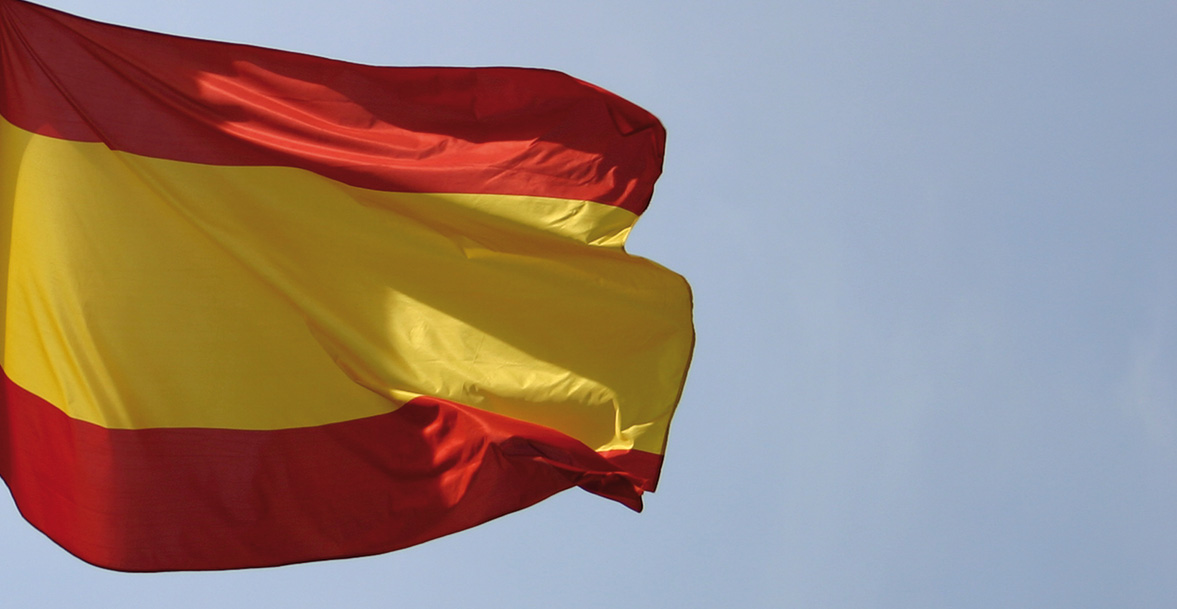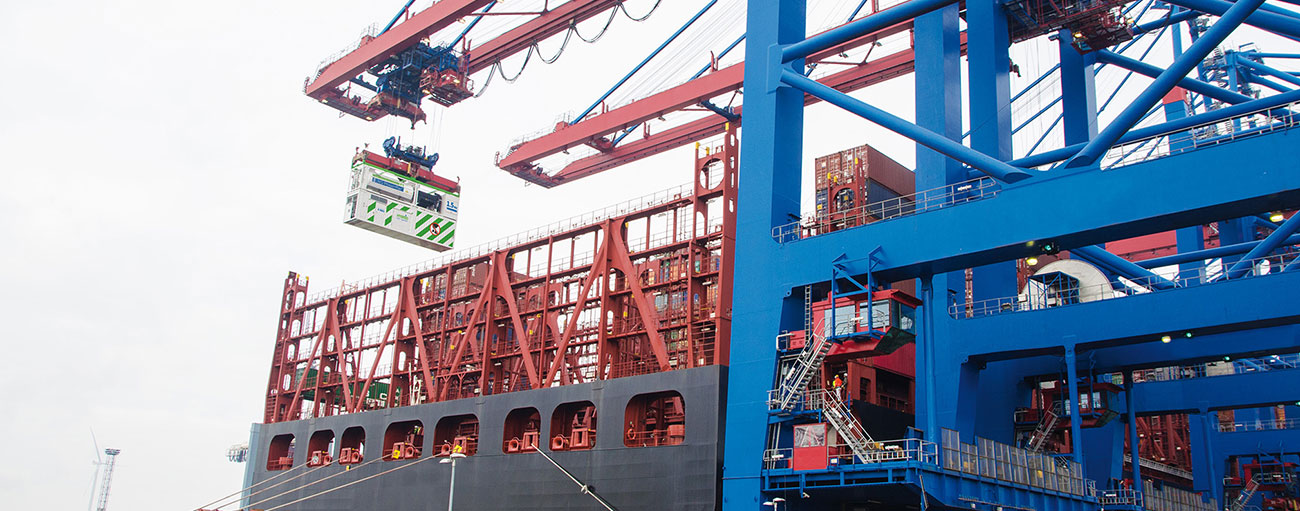LNG: Growth not just in Spain
The market for liquefied natural gas (LNG) is becoming increasingly important. The very highest demands are made on the shut-off valves. HEROSE is the world´s market leader in cryo-valves
In the opinion of experts, natural gas is the source of energy which will show the most rapid growth in the next 20 years. By 2020 this resource will cover a quarter of global energy requirements. The reserves are there: According to estimates by the independent research organisation US Geological Survey, at the present rate of consumption global reserves will only be exhausted in 150 years. A tried and tested method of transporting natural gas are the good old pipelines, pipe systems several thousand kilometres long, which run through a large number of different states. The largest amount of natural gas comes from Russia and Norway.
As an alternative to conventional natural gas, liquefied natural gas (not to be confused with liquid gas) is becoming increasingly important. Cooling natural gas to minus 162 degrees Celsius produces liquefied natural gas LNG, which has a volume of around only six hundredths of the volume of natural gas in its gaseous state. It can be transported in this state by road or across the oceans in tankers. This has two advantages: Countries without pipeline supplies, such as Japan can participate in the gasmarket.
Furthermore, this provides alternative means of transport in case of political conflicts – we only need to mention the repeated conflict between Russia and the Ukraine, which led to a temporary closure of the pipeline to Western Europe. Of course, valves are always necessary in the LNG transport chain. HEROSE is one of the world´s leading producers of products for use in trailers or satellite stations and expects large growth rates in this field.
One of every two valves sold in Spain is for LNG
It is therefore no coincidence that in July Volker Maass, HEROSE sales manager travelled to Spain to visit Pacs de Penedes near Barcelona. Ultimately, the HEROSE LNG business already accounts for 50 percent of sales in Spain and is on the increase. In Pacs de Penedes, an LNG satelite station equipped with HEROSE valves has been inaugurated to supply a nearby factory with energy. Volker Maass: “With a total storage capacity of more than 2.3 million cubic metres, Spain is the largest LNG consumer in Europe, followed by England and France. On a global scale, Japan with a capacity of 14.6 million cubic metres is well ahead in first place, with Korea in second place with 5.4 million cubic metres” (figures from September 2009).
The reasons are easy to explain: Japan, Korea, Spain and France have very few pipelines. On the other hand, in Germany, which has a good pipeline infrastructure, there is still not a single LNG satellite station. A corresponding project in Wilhelmshaven was shelved for the time being. Recently Lübeck was being discussed as a site for an LNG plant. Poland will probably commission its first LNG terminal in 2011. The LNG satellite network there is under construction and HEROSE is represented with a station in Chrzan/Poznan. In China 10 percent of HEROSE sales are in the LNG sector.
Back to Spain: “There are many regions which are not connected to a pipeline supply of natural gas”, says Volker Maass. In these cases LNG satellite stations are set up, as previously described. These are supplied with LNG, which is then vaporised and provided to customers as natural gas. “LNG stations have various applications. They can supply gas to entire villages or to single factories. Finally, LNG stations are also used as base stores for CNG filling stations.”
LNG growth: The largest LNG producers are Qatar and Indonesia
Other features in favour of LNG: While over the past years the cost for the liquefaction of natural gas has been reduced to below 200 US$ and the storage and transportation of LNG has become increasingly cheaper, the construction of pipelines has become much more expensive.
Therefore, according to experts it is more economical to transport natural gas as LNG once new pipelines longer than 4,000 kilometres are required. Liquefaction plants are also quicker to implement and can, for example, be located on floating platforms. Recently, Qatar became the largest producer of LNG with 77.2 mtpa (million tons per annum), and relegated the long-standing top producer Indonesia in second place. The number three in the global LNG business is Malaysia.
Photo: Jan Kretschmer




